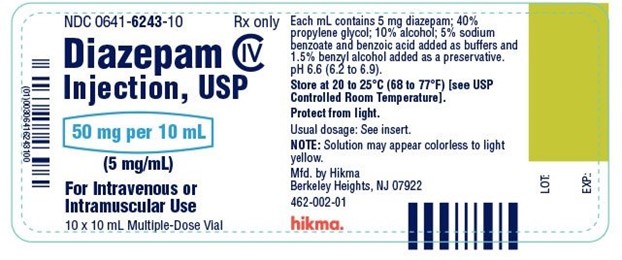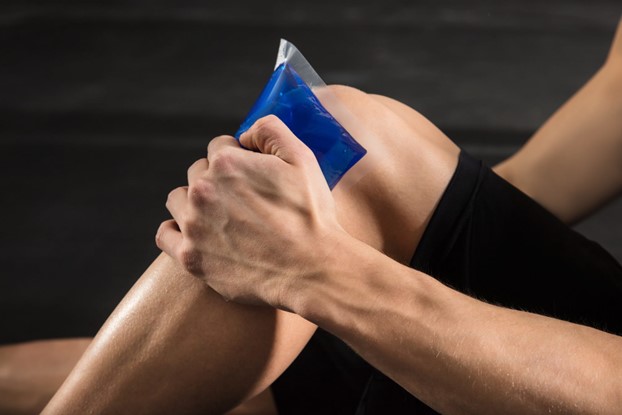A nurse is planning care for a client who has status epilepticus.
Which of the following interventions is the nurse's priority to include?
Administer phenytoin IV bolus to the client.
Administer diazepam intravenously to the client.
Provide the client oxygen at 6 L/min using a nasal cannula.
Turn the client to the lateral position during seizure activity.
The Correct Answer is B

The priority intervention for a nurse planning care for a client who has status epilepticus is to administer diazepam intravenously to the client.
Diazepam is a benzodiazepine medication that can help stop seizure activity and is often used as a first-line treatment for status epilepticus.
Choice A is incorrect because while phenytoin can be used to treat seizures, it is not typically used as a first-line treatment for status epilepticus.
Choice C is incorrect because while providing oxygen can be an important intervention for clients experiencing seizures, it is not the priority intervention.
Choice D is incorrect because while turning the client to the lateral position during seizure activity can help prevent aspiration, it is not the priority intervention.
Nursing Test Bank
Naxlex Comprehensive Predictor Exams
Related Questions
Correct Answer is A
Explanation
The nurse should ensure that the client is discharged with antithrombotic pharmacologic therapy.

Antithrombotic medications help prevent blood clots from forming and can reduce the risk of another ischemic stroke.
Choice B is wrong because diuretics are used to treat fluid retention and high blood pressure and are not typically used for stroke prevention.
Choice C is wrong because anticonvulsants are used to prevent seizures and are not typically used for stroke prevention.
Choice D is wrong because opioid analgesics are used to treat pain and are not typically used for stroke prevention.
Correct Answer is C
Explanation

Applying an ice pack can help reduce pain and swelling after total knee arthroplasty.
Placing pillows under the client’s knee (choice A) is not recommended as it can hinder circulation and delay healing.
Performing range-of-motion exercises to the client’s knee (choice B) may be part of the rehabilitation process but should be done under the guidance of a physical therapist and may not be appropriate for immediate pain relief.
Gently massaging the area around the client’s incision (choice D) may not be appropriate as it can cause discomfort and disrupt the healing process.
Whether you are a student looking to ace your exams or a practicing nurse seeking to enhance your expertise , our nursing education contents will empower you with the confidence and competence to make a difference in the lives of patients and become a respected leader in the healthcare field.
Visit Naxlex, invest in your future and unlock endless possibilities with our unparalleled nursing education contents today
Report Wrong Answer on the Current Question
Do you disagree with the answer? If yes, what is your expected answer? Explain.
Kindly be descriptive with the issue you are facing.
